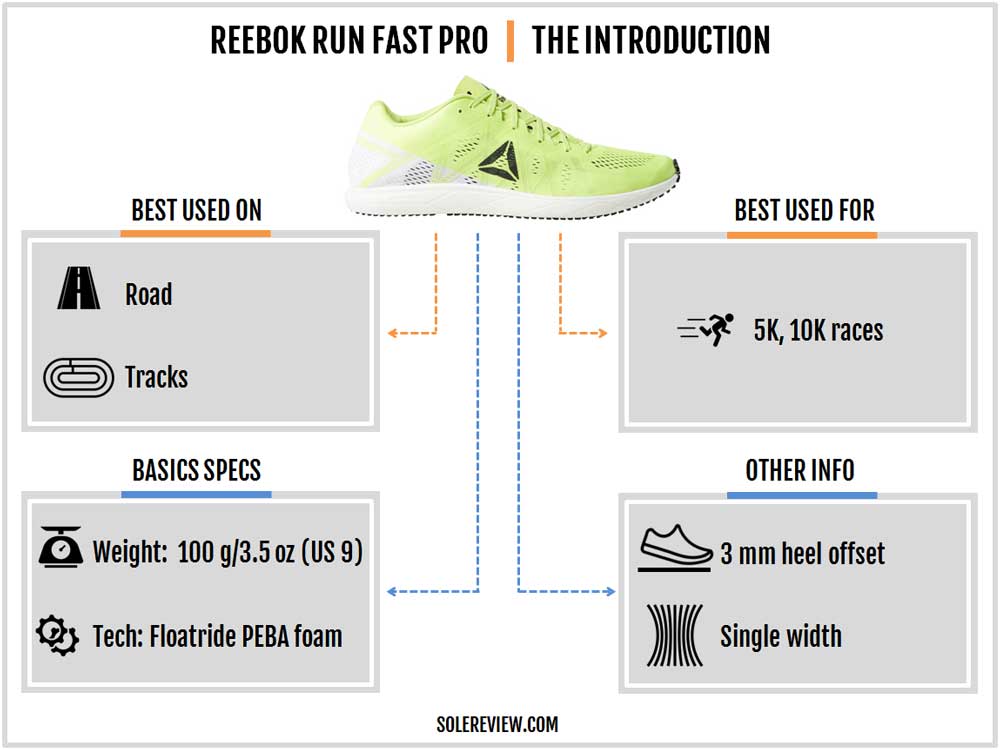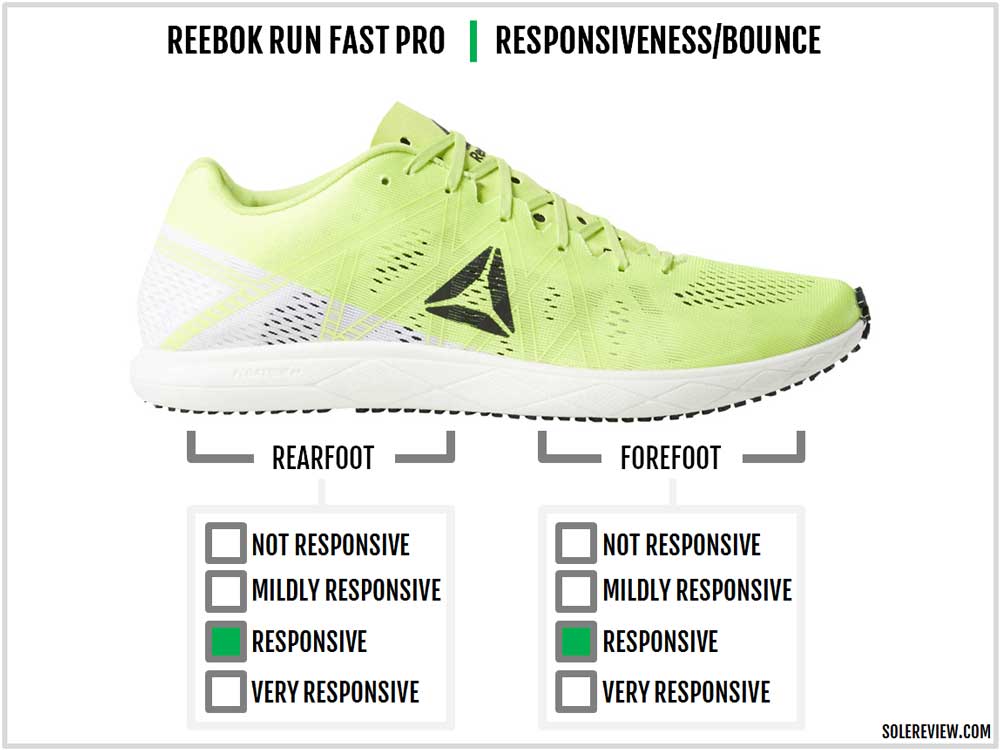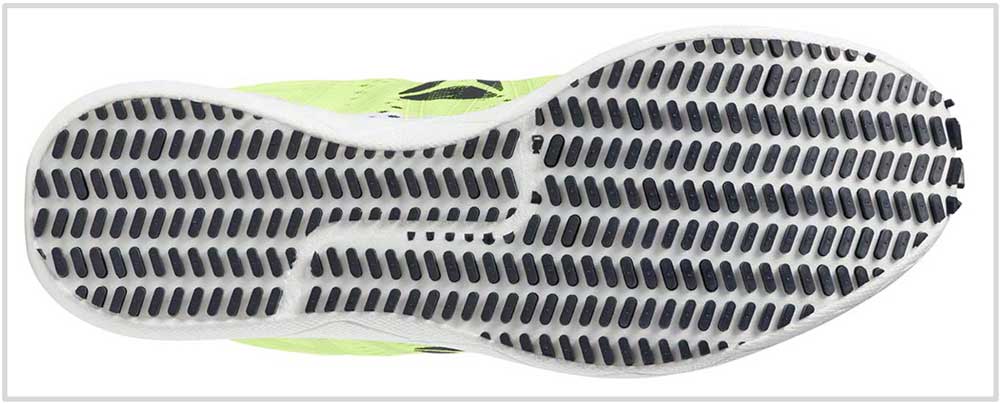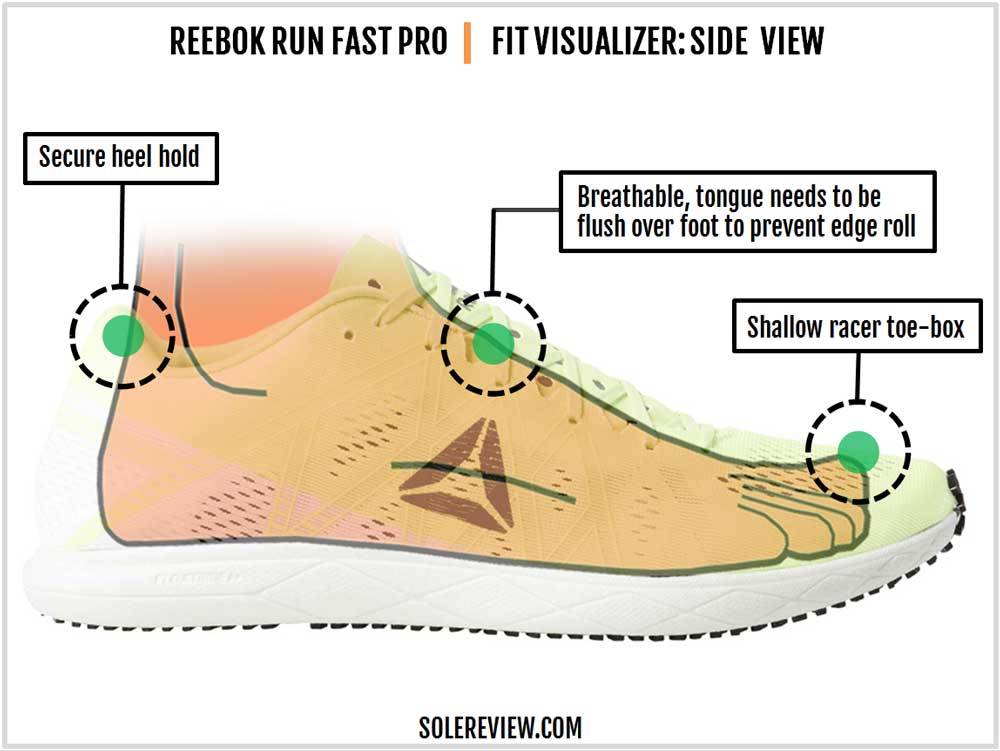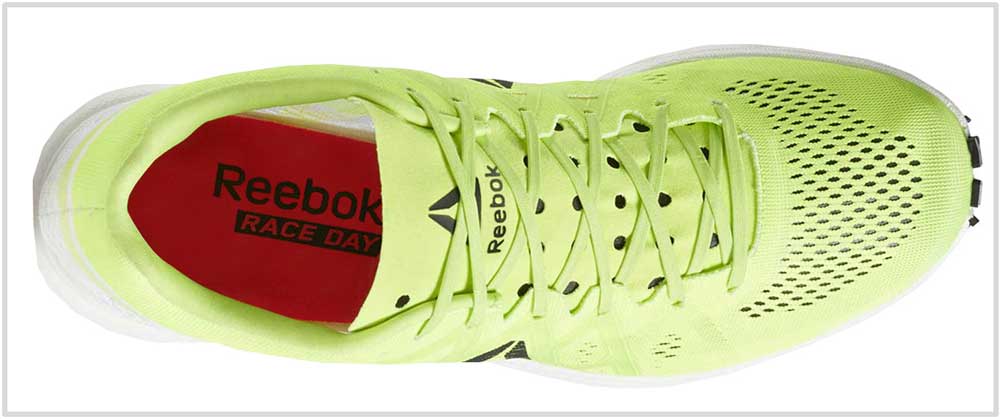INTRODUCTION
Historically, racing flats were the footwear of choice for most races, long and short. Helped by ultra-thin midsoles and grippy outsoles, these low-profile running shoes helped build speed through a better connection with the road or track.
Like most things in life, there was a price to pay for this level of running shoe efficiency. The cushioning is nearly non-existent, and the upper fit isn’t remotely close to spacious. The job of such road-racers was to provide a bare-minimum of impact protection while gripping the foot like a vice – nothing more, nothing less.
The advancements in midsole foams allowed the brands to challenge the status quo. The 2003 ‘use-and-throw’ Nike Mayfly set an early precedent. In the later years, the lightweight Lunaracer 3 would go on to become a very popular racer.
Hoka showed everyone that max-cushioning and speed could co-exist. Soon began a new era of long-distance racers with their marvelous foam cushioning and snappy internal plates. There have been several off-shoots of this concept, as evident from models such as the Carbon Hoka X and the Asics Glide Ride.
Does this mean that low-profile racing flats have gone extinct?
Not quite. Racing flats excels on shorter distances where the cushioning – or the lack of – isn’t as important.
For example, if one were to race a 5K or 10K, a flat is a better choice than a max-stack shoe. A marathon is a different beast and is a job best left to cushy midsoles.
Thus, this category is alive and kicking with new additions and improvements to existing models. If the adidas sub 2 and the New Balance Hanzo weren’t proof enough, the Reebok Run Fast Pro (RFP) demonstrates that a racing flat can still be improved, and then some.
A featherweight midsole and outsole under a paper-thin upper results in a 3.5-ounce road-racer. The use of PEBA foam produces a high cushioning-to-weight ratio, so the RFP does not have the harsh ride of old-school flats.
The disappear-over-the-foot racing comfort comes at a hefty price. A US retail of $250 is not small change for a shoe that will last 200 miles or less. Because most racing flats are just that – self-destruct after completing a few races.
With its restricted use-case, the Floatride Run Fast Pro is a shoe you want instead of the one you need. If you’re ok racing without the lively feel of the Floatride midsole, read this guide for alternatives.
THE REEBOK FUN FAST PRO vs. RUN FAST
The Fast Pro is a race-day shoe, whereas the $110 cheaper Floatride Run Fast is a better daily trainer. Its midsole is made of the same Floatride foam that is higher-volume than the Pro.
On the Run Fast, there’s a regular, grippy outsole underneath that increases the overall lifespan. A soft EVA rim adds a bit of support over the midsole. Add all these up, and it’s easy to see where the surplus 3-ounces is coming from. The upper design and overall comfort is closer to the Floatride Energy than it is to the RFP.
THE RIDE EXPERIENCE
Racing flats are the purest form of running shoes, distilled to nothing more than bare necessities. The term ‘deconstructed’ is used liberally in the footwear world but no other category defines it better than road flats.
There have been plenty of great flats in the past. The list is long, but models such as the New Balance RC 5000 and the Mizuno Wave Universe/Ekiden have been historical crowd favorites.
But then, the Reebok Floatride Run Fast Pro isn’t a traditional racer with a thin layer of EVA cushioning and DSP outsole. There has been some talk about the Run Fast Pro’s 3.5-ounce weight, but that’s not its headlining act. After all, both the RC 5000 and Universe were 3-4-ounce racing flats.
It isn’t about the upper either. The RFP has a lightweight and airy upper but then that’s true for all reputable flats.
The midsole and outsole is where the magic happens. Unlike other flats, the Fast Pro uses a full-length sheet of PEBA (PolyEtherBlockAmides) midsole foam underneath an EVA layer.
Technical specs mean nothing unless they are backed by functional performance, and this is where the shoe shines. Unlike EVA-foam based flats that feel harsh on the feet, the Floatride midsole adds a high level of cushioning and responsiveness.
Though we do not recommend that you use the RFP for anything longer than a 10K, the difference lies in how comfortable and engaging the shoe feels. While old-school racers feel flat, speed-work in the Fast Pro actually feels enjoyable without being harsh on the feet.
Even with low stack heights, there’s a distinct sensation of a cushioned rebound from the midsole. And given the midsole’s 3mm offset, the experience doesn’t diminish based on how one lands. Like e-TPU, PEBA is temperature resistant and does not stiffen in freezing temperatures.
Like the Run Fast and Floatride 2.0, the RFP has a separate layer of EVA above the midsole. That said, it’s interesting how Reebok has tailored the density of this layer specific to each model.
It is the firmest on the Floatride Run; for the Run Fast, it is somewhere in the middle. And on the Fast Pro, the EVA rim has a soft density that matches the softness of the PEBA foam. So if you were worried about the upper midsole pressing into your foot, just know that there’s no cause for concern.
The Floatride midsole is the RFP’s defining feature, and yet we see the outsole as being massively undersold. What RFP uses for its outsole is a variation of the DSP (Dual Stencil Process).
Hard urethane lugs are directly injected over a transparent substrate, which in turn is affixed to the midsole. Unlike the regular rubber outsole of the Run Fast, the Pro’s knobby outsole does not impede the midsole cushioning and flexibility. The midsole flexibility gives the RFP a very natural feel, as opposed to assisted transitions (plate, etc.) of models such as the NB 5280.
The colony of lugs gives the RFP exceptional traction on wet and dry surfaces. Track intervals feel sure-footed and sticky through the bends. If you’re running on hills, the grip of the efficient, low-profile midsole inspires confidence.
It’s worth noting that the entire outsole is covered with injected lugs, so the level of grip stays consistent. Brands usually do not offer this design because of associated costs. While this limitation doesn’t apply to the RFP because of its $250 retail price, it just shows how much value the now-discontinued Mizuno Wave Ekiden packed for its price.
Given the lack of any midsole rigidity, the Run Fast Pro is best used on debris-free surfaces. The insole is pasted to the midsole and is made of a regular EVA foam and offers little protection against the bumps on the road. Thus, small pebbles and such will make their presence felt should you run on roads with scattered gravel.
As with most low-profile shoes, an increase in speed will diminish the cushy feel. If you’re trying to break your 5K PR – say, at a pace of sub-4 minute per km – then you won’t find the RFP as soft as when you’re running slower miles.
That is true for most shoes with a low-profile midsole. Slower paces allow the midsole to go through a longer compression cycle – that translates into a sense of softness.
The Reebok Run Fast Pro is our top pick as a 5K or 10K shoe if you want a hyperlight flat that disappears on the foot and won’t destroy your legs. For longer distances, the more cushioned and supportive Run Fast is a better choice.
A three-shoe works perfectly here. The speed-friendly $140 Run Fast fills the gap between the Fast Pro racer and a neutral trainer like the Forever Energy or the Reebok Harmony Road 3. To make the assortment slightly more durable, swap the $140 Fast Pro with the adizero Boston 8.
If you want your daily shoe to have a higher level of cushioning, take a look at the New Balance 1080V10 or the Nike Epic React V2.
IS THE REEBOK RUN FAST PRO DURABLE?
There’s a reason why we brought up the Nike Mayfly in our introduction; it was marketed as a shoe to last only a marathon.
The Floatride Run Fast Pro will last several 5K and 10K races, but it is not meant to be worn as a trainer. Otherwise, durability is an issue and components such as the injected lugs might detach from its base.
The RFP is strictly a race-day shoe – unless money is no object and one is ok sending pricey racing flats to the local landfill.
THE UPPER DESIGN AND FIT
A narrow fit is expected of a racing flat, and the Run Fast Pro is no different. That said, the glove-like isn’t uncomfortable at all. The mesh is soft and conforming, and besides, you need a very secure fit at racing speeds.
We’d advise buying true-to-size otherwise you will miss the sweet spot of the shoe. This isn’t a loungy trainer so the difference should be respected.
The soft tongue is stitched-tacked to one side of the upper to prevent slide. However, you need to pull the tongue over the foot while ensuring that the flap edges lie flat over the foot.
Given the lack of structure, the inner flap edges tend to curl if not positioned correctly from the start.
If it wasn’t evident from the pictures, the Reebok Run Fast Pro is extremely well ventilated. Large pores over the tongue cool the top of the foot, and the unlined mesh is great for letting air in and out. Running in warmer weather allows the sweat to evaporate without making the insides stuffy.
Shoes in this category forego collar padding, so to see one on a 3.5-ounce racer is a pleasant surprise. The heel doesn’t have a rigid counter and has a soft grip over the Achilles.
PROS AND CONS
The bouncy and cushioned ride character of the Floatride midsole makes running shorter races more enjoyable than ever before.
At 3.5-ounces, the Run Fast Pro vanishes over the foot whole adding a comfortable layer of cushioning under the foot. The directly-injected outsole has terrific traction over all surfaces. The paper-thin mesh upper is great at circulating air while providing a secure fit required of a road-racer.
A $250 price is a big barrier to entry though, considering that the RFP is a purpose-built racer with limited utility and lifespan.
SHOES SIMILAR TO THE REEBOK RUN FAST PRO
Though we could have easily clubbed the Run Fast Pro with other flats such as the New Balance Hanzo or Saucony Type A9, that wouldn’t be a fair comparison. The ride quality is a differentiator, and so is the weight. However, if you prefer to explore options, this is a good guide to read.
It doesn’t make sense to compare the RFP with racers like the NB 1400 or Nike Streak 7 either. Those shoes have a more robust build quality – and that’s a segment above the Pro.
The adidas adizero sub 2 is the RFP’s closest competitor – if you call it that at all – since adidas is Reebok’s parent company. The sub 2 has a minimal adios-inspired upper over a Boost midsole, so both the Reebok and adidas racer derive their cushioning from non-EVA midsoles.
That’s where the similarity ends. The Fast Pro is two-ounces lighter due to the injected sole and the wispy PEBA foam. The ride quality differs as well – the Reebok shoe compresses more easily, whereas the Boost midsole feels denser under the foot. The directly soled RFP outsole has a traction advantage as well.
The New Balance FuelCell 5280 competes with the RFP in the same segment but is a completely different shoe.
Do you own this shoe? Improve this review by sharing your insights – submit a review here.


